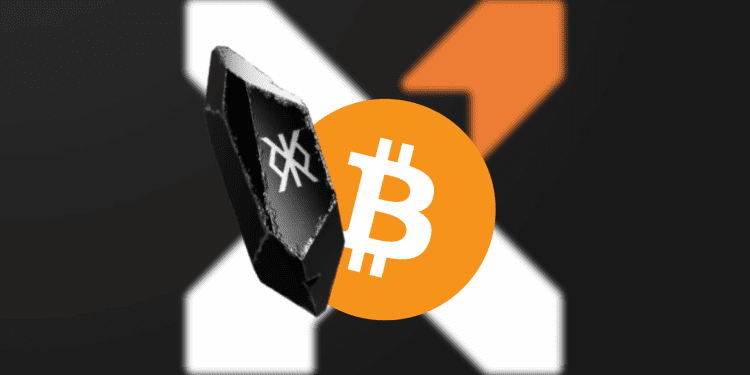- Bitcoin Runes is a new protocol that allows for the creation and management of fungible tokens on the Bitcoin blockchain, offering a resource-efficient alternative to BRC-20.
- Runes leverages Bitcoin’s UTXO model and the OP_RETURN opcode to simplify token creation, improve UTXO management, and minimize on-chain footprint compared to existing solutions.
- The launch of Runes aims to expand Bitcoin’s utility by appealing to a wider audience, including meme coin communities, while also generating additional transaction fee revenue for miners.
Runes is a new token standard on Bitcoin that makes it easier and more efficient for users to create fungible tokens on the blockchain.
Understanding Bitcoin Runes
Casey Rodarmor, the creator of the Ordinals protocol that lets users create NFT-like inscriptions on the Bitcoin blockchain, is releasing Runes, a new protocol that lets users easily create tokens on top of Bitcoin like Solana and Ethereum. While the BRC-20 and SRC-20 token standards already exist, these are based on Ordinals theory which can result in UTXO proliferation that spam Bitcoin.
In an attempt to create a healthier way of etching tokens on the Bitcoin network, Rodarmor announced Runes in September 2023 and has been working on this since then. As the protocol nears its launch date, there is an increase in interest around Runes and what it could mean for Bitcoin.
How Bitcoin Runes Work
Two terms are essential to understanding how the Bitcoin Runes protocol works:
Bitcoin’s UTXO transaction model: In a UTXO (Unspent Transaction Output) transaction model, the total asset held in a user’s ledger is consumed for each transaction where the algorithm computes the new balance after transferring the intended amount of tokens to the recipient.
The OP_RETURN opcode: The OP_RETURN opcode enables users to attach extra information to Bitcoin transactions without impacting the network’s efficiency.
Etching and Minting Runes on Bitcoin
The process of creating a new Rune is known as Etching. Users who wish to etch a new Rune specify the name, symbol, ID, supply amount, divisibility, and parameters related to the generation and distribution of the Rune in the OP_RETURN output.
After etching, Runes can be minted through open or closed mints. Open minting allows anyone to mint a Rune after the initial etching. Closed mints only allow the creation of new tokens when predetermined conditions are met.
Benefits of Bitcoin Runes
Runes aim to simplify fungible token creation on the Bitcoin blockchain along with other goals like minimizing on-chain footprint and improving UTXO management.
The Bitcoin Runes Ecosystem
New projects are set to launch in the ecosystem while some existing projects have shared plans to branch into the Runes ecosystem when the protocol goes live.
Bitcoin Runes vs BRC-20
Like BRC-20, the Runes protocol enables the creation of tokens on the Bitcoin blockchain. Key differences exist between both designs in areas such as asset creation routine, operation and adoption.
Conclusion
With Bitcoin Runes the Bitcoin network gains another token-issuance mechanism. While the network wasn’t designed for this originally, it is refreshing to see more fun coming to the oldest model of modern blockchains. As the excitement grows, the Bitcoin network sees even more usage and adoption.














